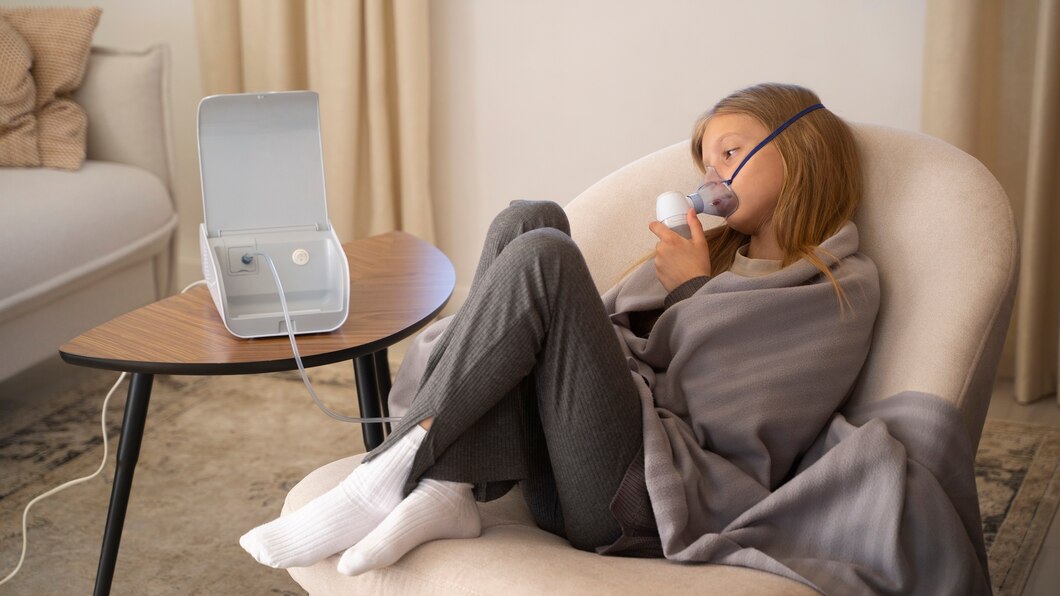Vaporizers have gained popularity as a versatile solution for improving air quality, alleviating respiratory symptoms, and promoting overall well-being. Unlike humidifiers, which release cool mist, vaporizers produce steam by boiling water, offering unique benefits. This guide delves into the advantages of using vaporizers, compares them to other devices, and provides tips for safe usage.
What is a Vaporizer?
A vaporizer is a device that heats water to create steam, which is then released into the air. The steam helps combat dryness, making it an effective tool for addressing dry air’s effects on skin, nasal passages, and overall respiratory health.
Key Benefits of Using a Vaporizer
- Relieves Respiratory Symptoms
Steam helps soothe nasal congestion, dry throat, and irritated sinuses. It can be particularly beneficial for people suffering from colds, allergies, or asthma. Warm steam reduces inflammation and loosens mucus, aiding in easier breathing. - Improves Skin Hydration
Dry air can cause chapped lips and flaky skin. Vaporizers add moisture to the environment, alleviating these issues. Consistent use can lead to softer, healthier skin. - Reduces Allergens and Irritants
Boiling water kills bacteria and other impurities, making the steam from vaporizers cleaner compared to mist from humidifiers. This can be particularly helpful for people with indoor allergies. - Promotes Better Sleep
By maintaining optimal humidity levels, vaporizers create a comfortable sleeping environment. This is especially useful during winter when indoor heating can dry the air excessively. - Combats Dry Indoor Air
Vaporizers effectively increase humidity in homes, particularly in areas with low outdoor humidity. This can prevent furniture damage and reduce static electricity. - Supports Recovery During Illness
Adding menthol or essential oils to vaporizers can enhance their therapeutic effects, helping relieve symptoms of colds or the flu. However, it’s important to ensure safe and appropriate usage. - Prevents Airborne Viruses
Studies suggest that maintaining humidity levels between 40% and 60% can reduce the survival of certain viruses in the air. Vaporizers help achieve this balance.
Vaporizer vs. Humidifier: A Quick Comparison
| Feature | Vaporizer | Humidifier |
|---|---|---|
| Mechanism | Boils water to release steam | Emits cool or warm mist |
| Effectiveness | Cleaner steam, kills germs | Requires purified water for safety |
| Cost | Generally affordable ($20–$200) | Wide range ($15–$700) |
| Usage in Winter | Ideal for cold weather | Useful for both cold and warm climates |
| Safety | Risk of burns from hot steam | Safer for children |
Tips for Safe Usage of Vaporizers
- Keep Away from Children and Pets
Position the device on a stable, elevated surface to prevent accidents. - Clean Regularly
To avoid bacterial growth, clean the vaporizer daily using distilled water. Weekly descaling with white vinegar can help remove mineral buildup. - Monitor Humidity Levels
Use a hygrometer to ensure indoor humidity stays between 30% and 60%. Excessive moisture can promote mold and dust mites. - Avoid Overuse
Using a vaporizer continuously for long hours might over-saturate the air. A timer or sleep mode feature can help regulate usage.
Choosing the Right Vaporizer
When selecting a vaporizer, consider:
- Room size: Match the device’s capacity to your space.
- Features: Look for additional options like timers, remote controls, and essential oil compatibility.
- Portability: Compact models are ideal for travel.
Conclusion: Benefits of Vaporizer
Vaporizers are a powerful tool for improving indoor air quality and addressing various health concerns. From relieving respiratory symptoms to enhancing skin hydration, the Benefits of Vaporizer are vast and impactful. By choosing the right device and following safety guidelines, you can harness the full potential of a vaporizer for a healthier, more comfortable living environment.










